The age we live in is characterized by incredible scientific advancement in one hand & rising religious intolerance on the other, between people professing different faith. Different gods, different religions have given rise to difference between similar people. But there was a time, long back when people were very different, from one another, but the god’s were almost the same. It was a age, when people, marvelled at the acts of nature & science was still in it’s infancy. It was a time, when not just the people had kings and queens, but the gods also had the same kind of hierarchy. It was a time, when even the concept of time & it’s counting was different. Long before the religions like Christianity and Islam, came into existence; there were different gods, gods who were different from the ones, worshipped now; but were in ways very similar to each other, in spite of separation by thousands of miles, of the people worshiping them. Yes, it is the gods of early civilization we are talking about.
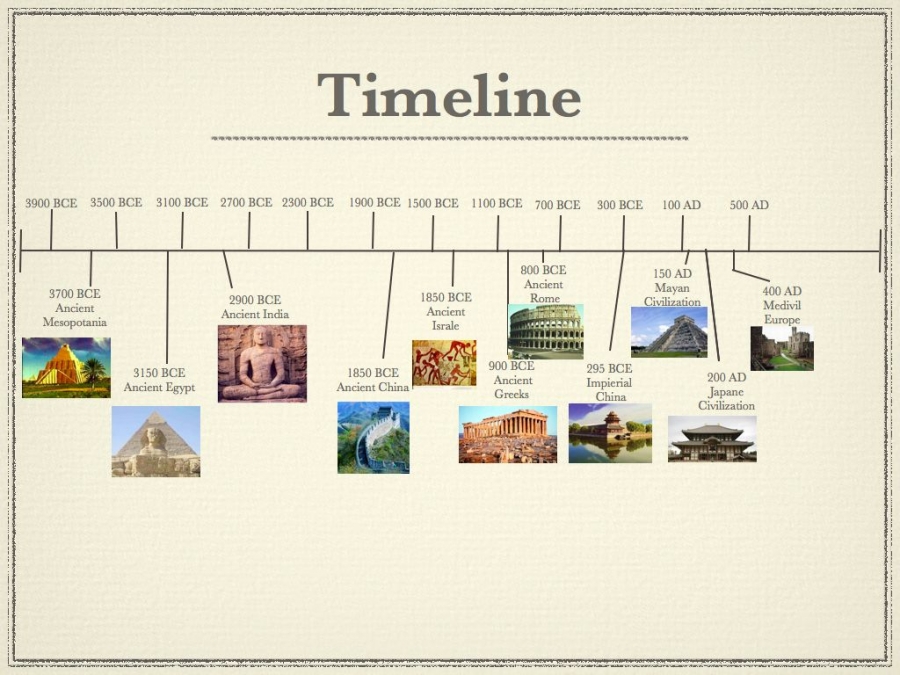
Indus valley civilization (& subsequent Vedic civilization), Egyptian civilization, Ancient Greek civilizations came into existence much before Christ was born. Norse mythology (concerned with religion of Vikings/ North Germanic people), came much later, but had some similarities, with earlier mentioned civilizations, as far as religion was concerned. Separated by vast distance (and sometimes time), communication and interactions between them (if at all any) were rare & infrequent. In such a scenario, it is indeed strange that they worshipped gods, who were very similar. The aim of this discussion is just an attempt, to understand a series of coincidence, (giving rise to gods of ancient civilization) which a person can only marvel at.
In Vedic civilization, heaven is described as Swarga or Swarga Loka , which is located on and above Mt Meru (which is a sacred five peak mountain, considered sacred to Hindu / Buddhist/Jain religions), and is considered to be central of all physical ,metaphysical, & spiritual world. Some scholars believe, this mountain corresponds to the Pamir mountain range, which is present north west to Kashmir. Hindu mythology states, that after death, souls of people, who did good deeds in earth go to Swarga, where gods live & it is ruled by Indra, the king of gods.
According to Greek mythology, the Mytikas peak of Mount Olympus(which is the highest of the 52 peaks of the mountain & has height of 9573 feet), was known as the abodes of Greek gods and goddesses. Of particular interest is the fact, that Mount Olympus is the highest mountain in Greece and has one of the highest peaks in Europe. It is located between region of Thessaly and Macedonia.

The fields of Aaru, also known as Field of Reeds, is considered as the equivalent of paradise in Egyptian mythology, where Osiris – god of afterlife rules.
The closest thing, that comes to paradise, in Norse mythology is Asgard, where the gods and goddesses live. It is ruled by King Odin and his wife Frigg.
Vedic age civilization, described the heavens or Swarga, which was ruled by king of gods – Indra. He is also the god of thunder, storms, rains and lightening. Although he is depicted as a powerful god, but he is also shown as to be self indulgent & adulterous, who often gets in trouble, for his misadventures.
Zeus is the king of gods, who rules from mount Olympus. He was all powerful & distributed responsibilities to other gods. He is also considered as the, god of sky, rain, lightening and thunder in Greek mythology. He is also shown to be adulterous, unpredictable and had multiple relationships, from which he fathered many offspring, some of whom were demigods, hence he was considered as all father, even by gods who were not his children.
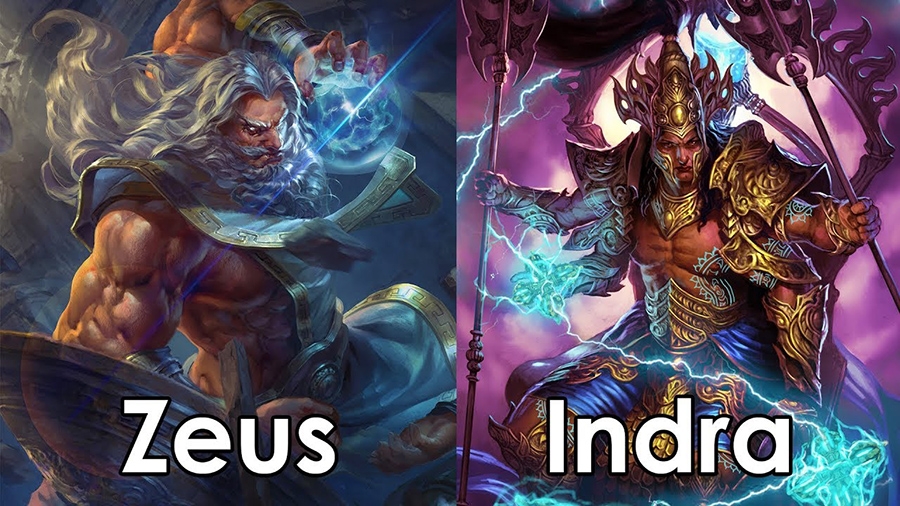
In Norse mythology, Odin - who is one eyed and long bearded, is considered the king of gods, who is associated with knowledge, wisdom, battle, healing & sorcery. He also has the power of lightening.. He is also father to many other lesser gods (also called as all father – father of all gods) and rules from Asgard.
In Egyptian mythology, Amun Ra was considered as the king of gods & was the oldest and most powerful god in ancient Egypt. He is considered as the god of Sun & Air. The name means the hidden one or invisible. He is shown as a ram headed man or simply a ram.
In Hindu mythology, the queen of gods, & wife of Lord Indra was – Shachi. She was famous for her beautiful eyes ,and is also known as one of the seven divine mothers in Hindu religion. She is associated with lions and elephants. She also symbolises (along with certain other goddesses) that, the female goddesses had powers like their husbands & so were their equals, which later gave the concept of Shakti(the power), in Hindu religion. She also has a magical white elephant (which she shares with her husband) as her vehicle.
Hera is considered, to be the wife of king of gods Zeus and rules from mount Olympus, along with her husband. In ancient Greek mythology, Hera is goddess of women, marriage, family and childbirth. Animals like peacock, cow and lion are usually associated with her, as these are considered sacred by her.
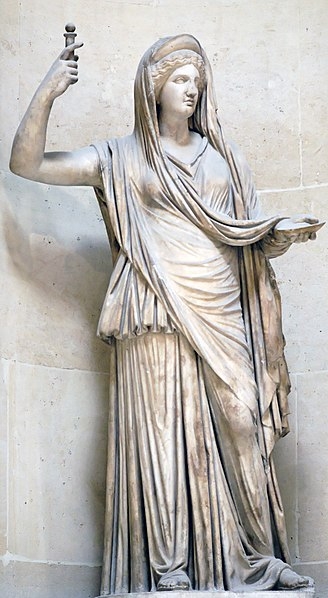
Amunet is considered as the wife of Amun, and is the primal goddess in Egyptian mythology. Her name also means the hidden one (the same as her husband), just in feminine form; symbolising that she is the female counterpart of her husband. She is considered to be the goddess of air and invisibility. In religious text, she is often shown as a woman with head of a cobra, or sometimes just as a snake. Sometimes as goddess of air, she is also shown as a woman with ostrich feather or with a hawk in her head.
Frigg is the wife of the god Odin and queen of Asgard. Norse mythology describes her as goddess of future vision and wisdom.
In Hindu civilization, the sun god is known as Surya, who is supposed to have three eyes and four arms( two for holding water lilies, 3rd one to encourage his devotees & 4th one to bless them) & rides in a chariot driven by seven horses (representing seven colours of the rainbow). In Hindu mythology he is believed to have powers to heal sick people. He is still worshipped to this day, in many parts of India. In ancient Hindu astrology, Surya was considered as one of the nine planets, capable of affecting a person’s destiny.
In Greek mythology, Helios is the designated Sun (and the personification of Sun) god & son of the titan Hyperion. The mythology describes him as a good looking man, who drove a golden chariot , across the sky everyday, to return in eastward direction at night. Some claim that, it is God Apollo, who is the sun god, but the fact remains that, Apollo is not just the god of Sun; but also of light, music ,poetry, writing, arts, inspiration, prophecy and medicine.
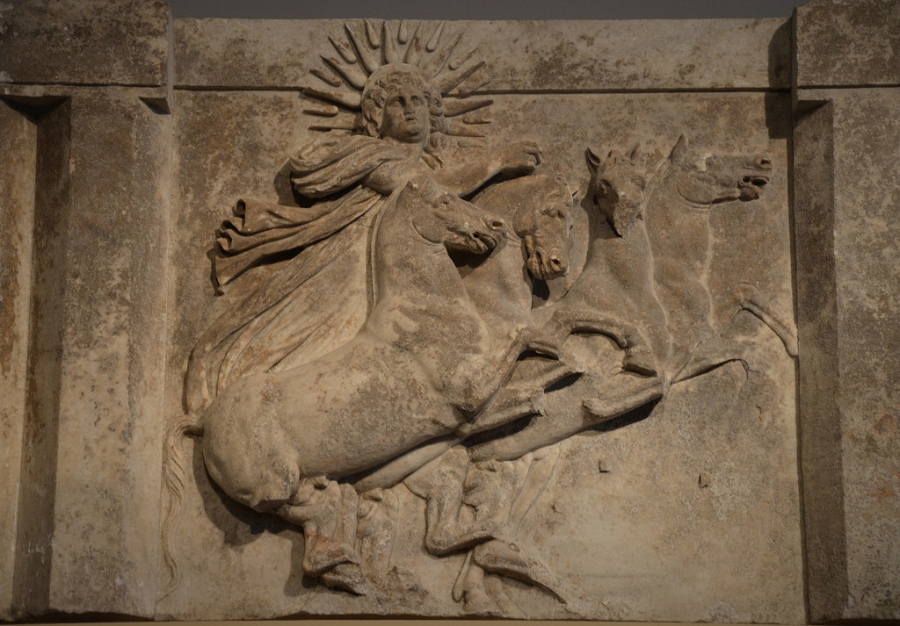
The ancient Egyptian sun god was Ra & was considered to be one of the most important gods in ancient Egypt. It was believed that all life forms were created by Ra. The Sun god, is mostly shown as a person with the head of a falcon & above his head, a cobra in circular shape, holds the Sun disc.
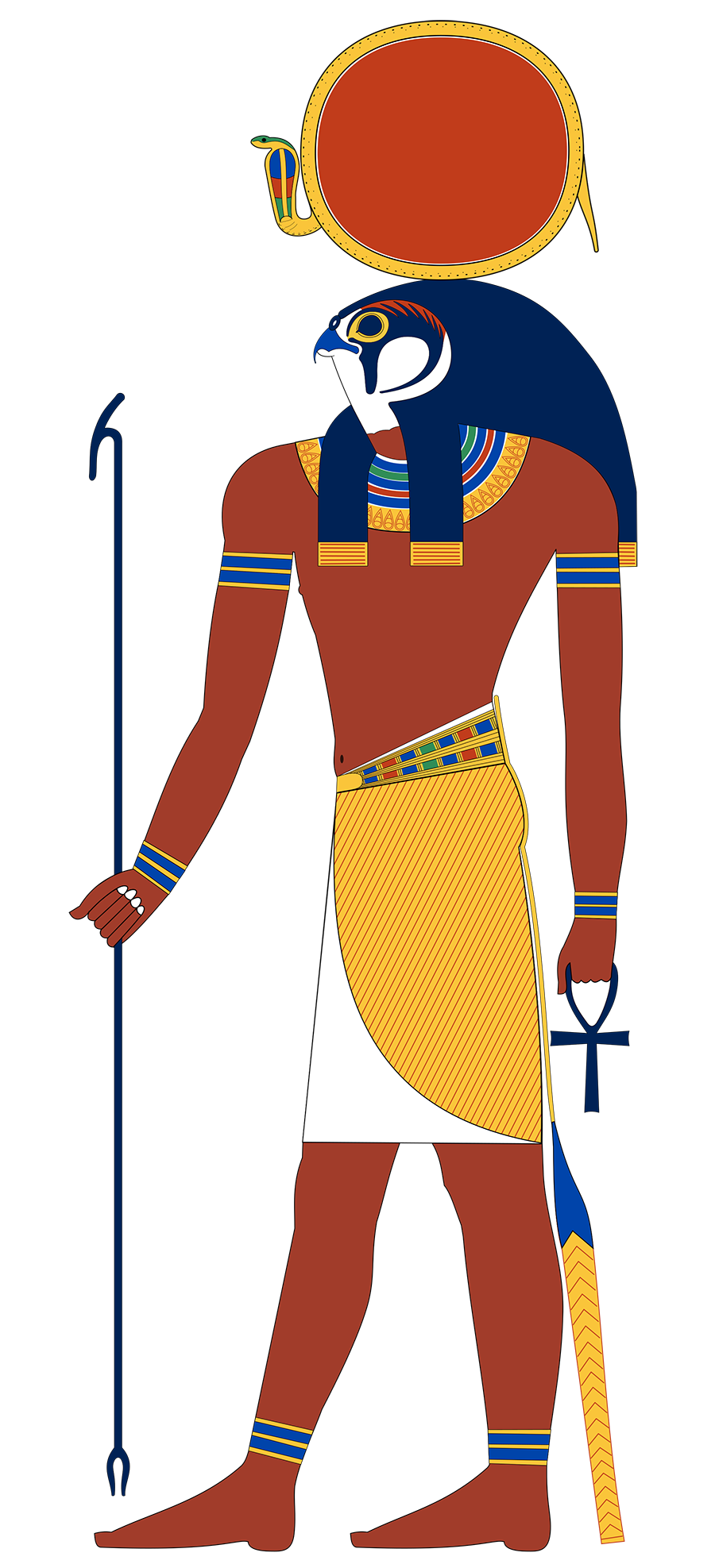
The Sun god (actually goddess) is personified in Norse mythology as Sol/Sunna. In contrast to other myths, in Norse mythology, the sun or Sunna is described as in feminine form & is the sister of, Mani (the Moon).
In Hindu mythology, Yamaraj, is the god of death. He is also considered as keeper of justice and is associated with “Dharma” or righteousness. It is believed that, he has given humans the ability, to choose any path, he/she wants, but final justice would be accordingly. He is depicted as a person, who is of dark colour, with prominent eyes and seated on his vehicle – the buffalo.
In ancient Greek mythology, the personification of death is – Thanatos. He is considered to be the son of goddess of night (Nyx). His job was to transport, humans to the underworld, when their time on earth was over. He is also considered to be the twin brother of, god of sleep (Hypnos). His other siblings were – Geras (Old age), Eris (Strife), Oizys (Suffering) & Moros (Doom); to name a few. It was described, that Thanatos was merciless and indiscriminate & for that reason was hated by both humans and gods. Another Greek god, who came very close to the same category, was Hades & some also believe Hades to be the god of dead. But the fact is – Thanatos would take the dead souls to the underworld, where they would be in care of Hades. Hades is the Greek god of the underworld – a place, where souls go after the death of a person; so in a way he is ruler of the dead; And he ensured that no one leaves the underworld. He is described as the son of Titan Cronus and Rhea. He is also the younger brother of Zeus, the king of Gods. Animals like sheep were sacrificed to him, to win his favour.
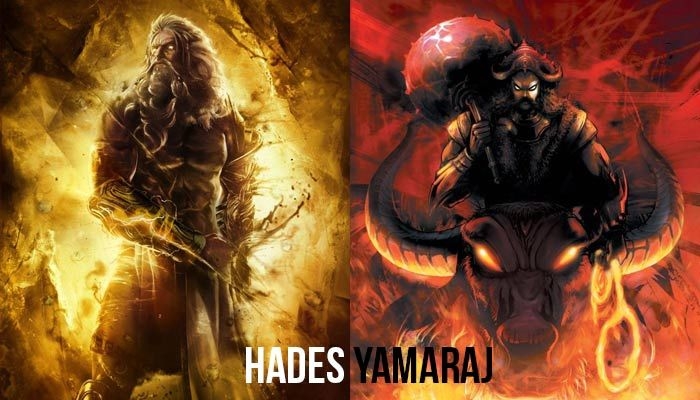
In Norse mythology, Hel, is the goddess/mistress of the kingdom, for the dead in underworld, which is also called Hel. She is considered, to be the daughter of Norse god – Loki & was appointed, as the queen of her kingdom, by Odin, the chief Norse god. She is described as having a sad look & her body was half blue and half flesh coloured. In myths she has been presented as greedy, harsh and cruel with no care for others.
As far as Egyptian mythology, is concerned, this distinction goes to two gods. In a earlier period (Age of the pyramid builders – 2686 to 2181 BC) Anubis was the most important god of death. Anubis was the guardian gods overseeing procedures like mummification, protection of graves & cemeteries and guiding souls to afterlife. Images shows him like a man with a jackal head. In a later period, stretching from 2000 to 1700BC, another Egyptian god – Osiris replaced Anubis, as principal god of death, afterlife, underworld, rebirth & responsible for cycle of floods in Nile river, that served important function for agriculture in Egypt. He is represented as a mummified person, with only green skin of his face and hand exposed & a crown with 2 large ostrich feathers on the side, above his head. The reason for this is that, previously Osiris was an Egyptian King, who was murdered by his brother for the throne, but his wife – Goddess Isis, reassembled his body & brought him back to life.
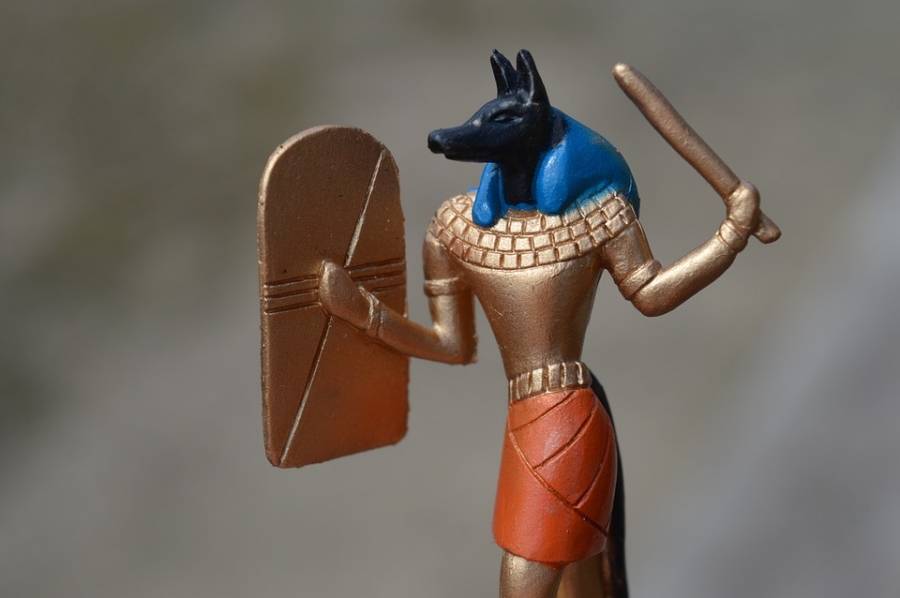
As previously described, Indra, who is the king of gods, is also responsible for thunder, lightening and rains.
Zeus, the king of gods in ancient Greek civilization, was considered as the god of sky and thunder.
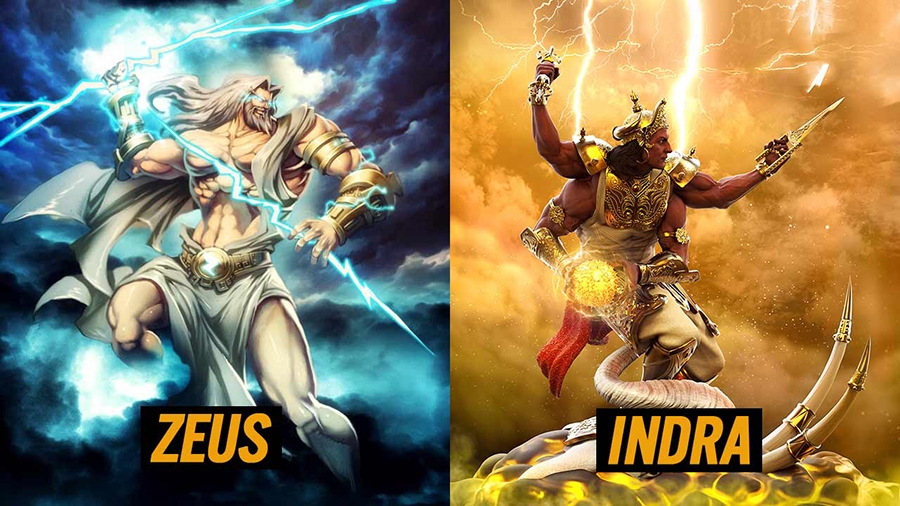
In contrast to, above mentioned examples, where the king of gods were also god of thunder; in Norse mythology it is – Thor, who is considered as the god of thunder, storms, lightening and protector of mankind. Thor is the son of Odin – king of Norse gods. Thor is describes as fierce eyed, with red hair and beard, mostly seen with a hammer – Mjolnir, in his hand; which supposedly is the most powerful weapon known & rides in a chariot, which is pulled by two goats.
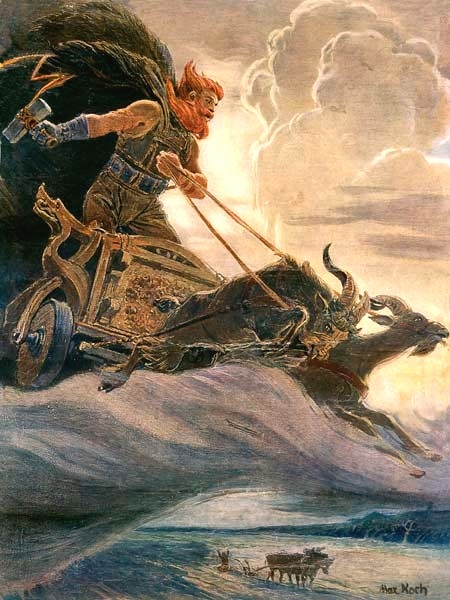
The god in Egyptian pantheon, who comes closest to god of thunder was – Set. Set was considered as the god of storms, desert, violence, disorder & foreigners. In Egyptian mythology, Set is shown as a negative character, who murders his own brother – Osiris, who was the king, to get his throne.
In Hindu mythology, Kamdeva (desire ) is considered as god of love, who along with his wife Rati, makes couple fall in love. Kamdeva, is mostly shown as a handsome male, who carries - a bow made of sugarcane, string of honeybees & arrows decorated with flowers.
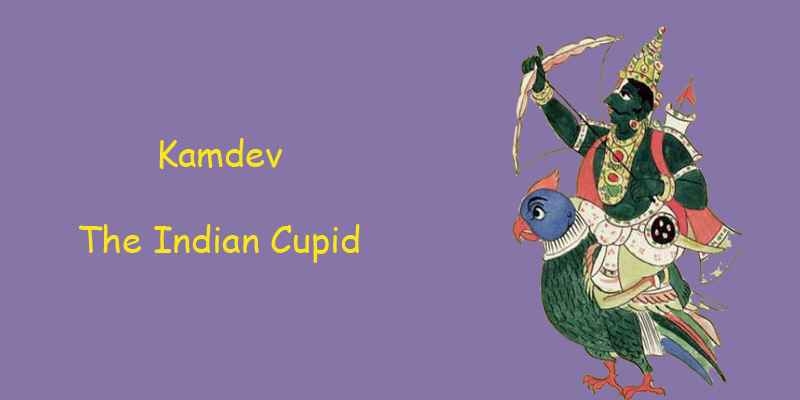
Aphrodite is considered in the Greek mythology, as the goddess of love, beauty & procreation. Dove, roses & swans are symbols of goddess Aphrodite. Aphrodite is considered to be the daughter of Zeus, king of gods. In some versions, Eros, the son of Aphrodite is considered as god of love and attraction, whose intervention in life of gods and humans causes bonds of love to form. Aphrodite’s counterpart in Roman mythology, was cupid.
Hathor is the goddess in Egyptian mythology, who is considered as goddess of love, music , joy, celebration and fertility in females(motherhood). She also was believed to help females in childbirth. She is commonly shown as a cow goddess, with horns & a sun disk which is surrounded by a cobra, on top of her head, between the horns.
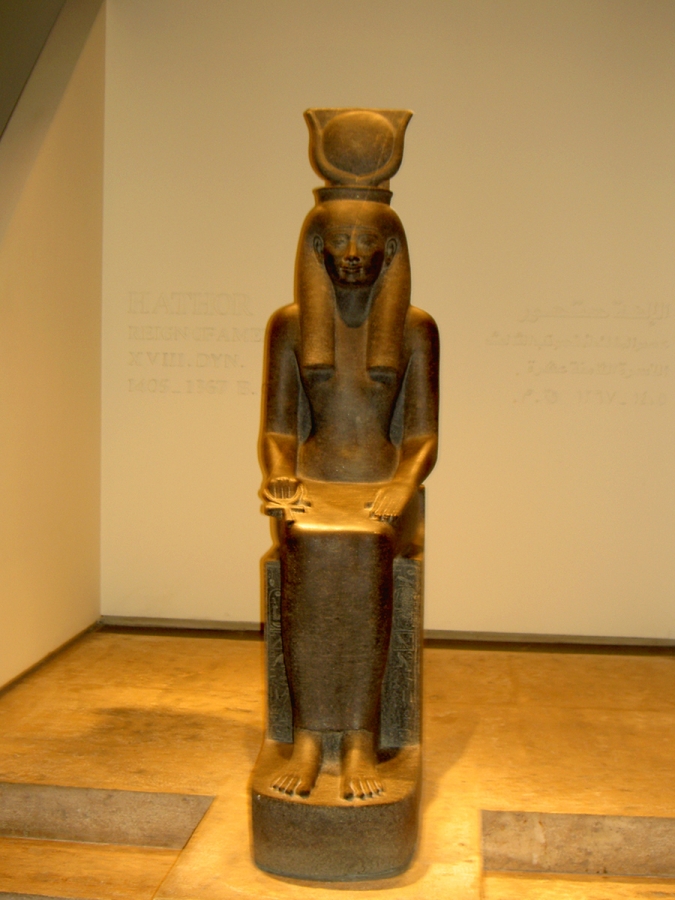
Freya/Freyja , is considered as the goddess in Norse mythology, who is associated with beauty, fertility and love, war and death. The name Freya, means lady. She is extremely beautiful & loves to travel, and she supposedly has a chariot, pulled by two black cats. Freya has a strong affinity for jewellery & her tears are composed of red gold. The word – Friday, is named after this Norse goddess.
The closest thing to God of war in Hindu mythology is the God – Karthikeya (also known as Murugan/Skanda) , the first born/elder son of Lord Shiva, who was considered as the commander in chief, in army of the gods. His birth was specifically, for the purpose of killing certain demons, who couldn’t be killed by other gods. Lord Karthikeya is usually shown as a young man, riding a peacock, armed with weapons. He is worshiped to this day in southern India, specially in province of Tamil Nadu. Temples dedicated to him are also found in those places, where Tamilians have migrated, like – Sri Lanka, Mauritius, Indonesia, Malaysia, Singapore and South Africa.
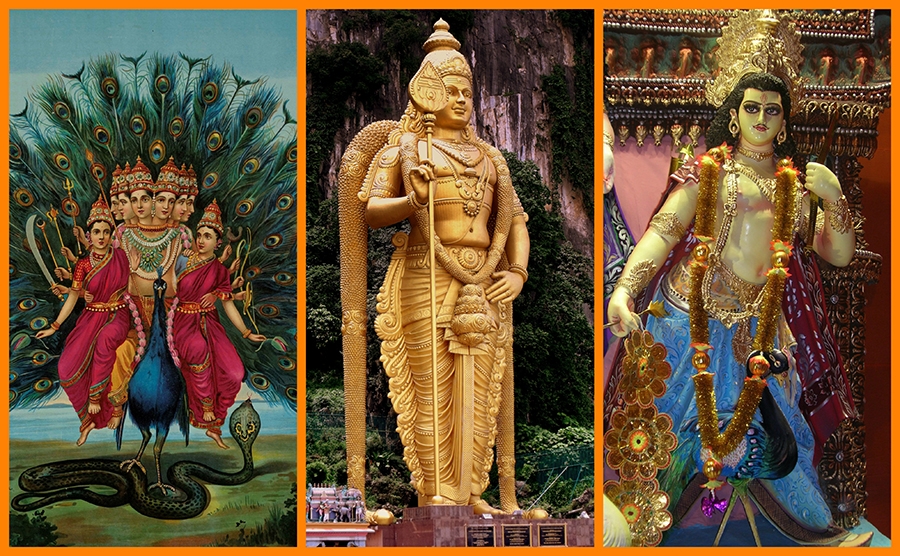
In Greek mythology, Ares, is considered as the god of war. He is considered as the son of Zeus – the king of gods. In ancient Greek tradition, he represents the violent & brutal aspect of war, whereas his sister, Goddess Athena, is viewed as goddess of intelligence & war strategy. He has two sons – Phobos(fear) and Deimos (Terror, ) who are his companions in war. (The counterpart of Ares among Roman gods is Mars)
In ancient Egypt, The Falcon god – Monthu (Also called Montu, in some places) , was considered as god of war. He was associated with and represented the strength, of the Egyptian kings(Pharaohs) and the kings and generals, often described themselves as – Son of Monthu. It was believed, that he would fight against the forces, which opposed qualities like - - truth, morality, law & justice. Monthu was shown as a man with a bull’s head/falcon’s head, and a Solar disk and two feathers, above his head. He holds different types of weapon like – bows and arrows and knives. The bull symbolized strength and war.
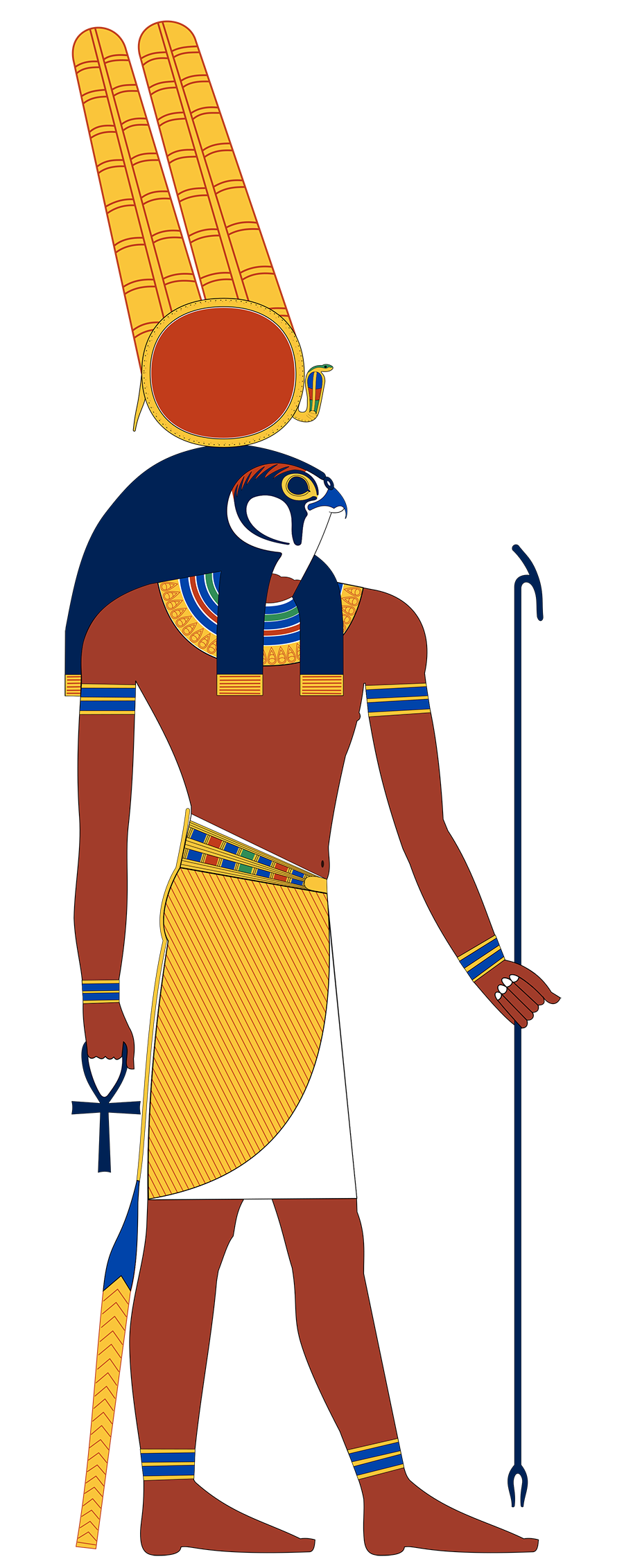
In ancient Norse mythology, Odin, who is the king of gods, and also known as all father –because he was father/father figure to other gods, is considered as the god of war and death; but the dichotomy of his nature is well exposed, as at the same time, he is also considered as god of poetry and wisdom ( he sacrificed one eye of his, as a payment, for a drink from well of wisdom, which made him immensely knowledgeable ) .
Lord Indra, is the king of gods in Hindu mythology, is considered as god of lightening, thunderstorms and rains.
Zeus, the king of gods, is considered as the god of clouds, rain, thunder and lightening .
The goddess Tefnut (literal meaning – that water), is considered as the goddess of rain and moist air in Egyptian mythology. She is also considered as daughter of Sun god & mother of Geb (god of earth) and Nut (goddess of sky) .
Frey/ Freyr, the son of sea god Njord/Njoror , is considered as the god of rain, fertility, peace and sunshine. He is well known in Scandinavian countries and specially worshipped in Sweden. Freyr is also believed to give peace and happiness to humans. He is the twin brother of goddess Freyja – the goddess of love, war and death .
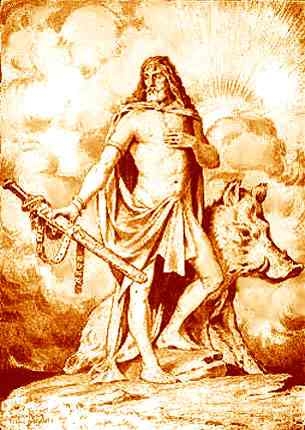
In Hindu mythology, the Vedic sage Narada, is responsible, in most cases for the transfer of information from one place to another. He is also a skilled musician and storyteller, with immense wisdom. He is a great devotee of Lord Vishnu (one of the holy trinity) and travels to distant worlds , playing a string instrument- Tambura, by one hand & a percussion instrument – khartal in another. Sage Narada, is the son of the supreme creator – Brahma.
In Greek mythology, Hermes is considered as the messenger of gods. He is the son of Zeus, the king of gods. He had the power to mover from the world of gods to the world of humans & vice versa. He quite often tricks other gods and outwits them.
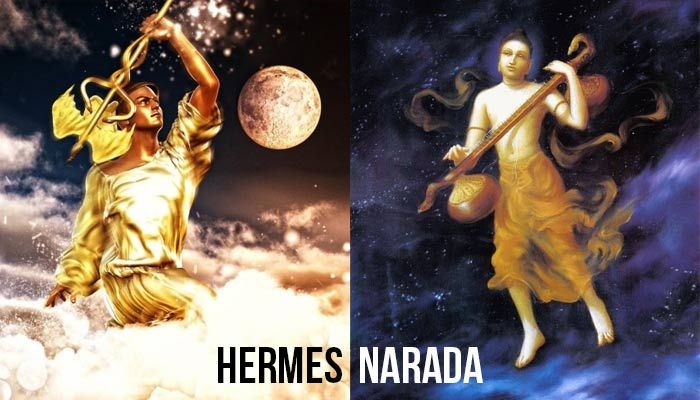
In Egyptian mythology, Aput is considered as the messenger god, but in Egyptian mythology, he is a minor character.
Hermoor, is considered as the messenger of the gods in Norse mythology. He is the son of Odin, the king of gods.
In Hindu mythology, Varuna is the god of water, oceans and the sky. His vehicle is a mythical sea creature – Makara and his weapon is a lasso like, rope loop. Varuna is also an upholder of justice, as he punishes those who do wrong and never repent. In some Buddhist sects, Varuna is mentioned as a guardian god.
In Greek mythology, Poseidon is described as god of sea and other water sources. Poseidon was a protector of sailors, mariners and navigators. Poseidon was worshipped in many cities of Greece like in – Athens, Corinth & in coastal areas of southern Italy. His roman equivalent is Neptune.
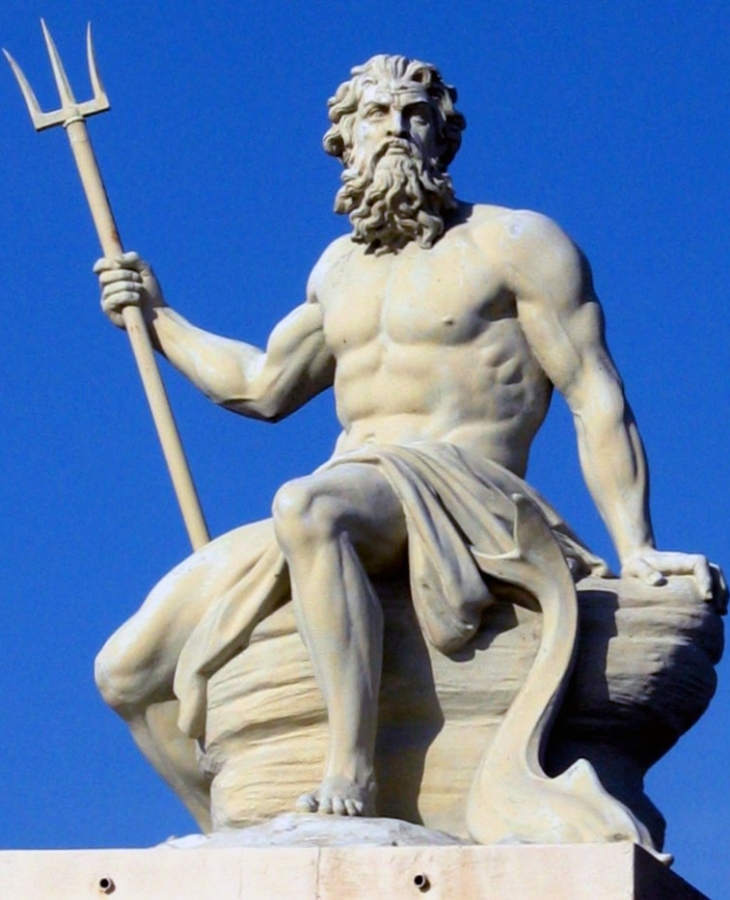
In the Egyptian pantheon, many gods fill the mentioned feature. Tefnut was the goddess of water (and also of fertility). Wadj-wer personified lakes and the Mediterranean Sea. As Nile river had special importance for Egyptians, so they had a special goddess for river Nile – Goddess Anuket
In Norse mythology, it is not the gods, who are associated with the sea, like other civilizations; but a sea Giant named Egir, who is the ruler of the sea. . Egir is a friend of the gods and has 2 brother – Logi (a fire giant/god, who is personification of fire) and Kari ( giant/god controlling the wind)
In Hindu mythology, Vishwakarma, is considered as the engineer of the gods, the person who is the patron god of Engineer, architects and all craftsmen. He is also entrusted with building palaces and towns of gods, he is also credited with building the Swarga – or Heaven, for the gods.
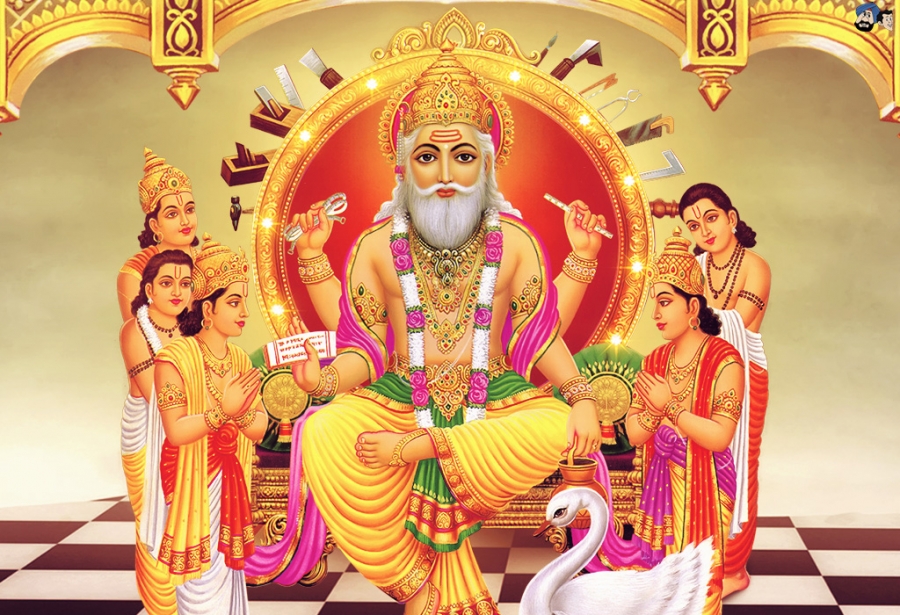
In Greek mythology, Hephaestus is considered to be the god of blacksmiths, stone masonry, metalworking, carpenters, artists, craftsmen ,sculptors. He was the son of Zeus & Hera, the royal couple among Gods. He acted like a blacksmith for the gods and also made home and weapons for all the gods. He was famous for making many inventions and automations. He also helps artists in their work and was a patron of arts. He was kind and peace loving god but also was the ugliest god. The Roman equivalent of Hephaestus, was Vulcan.
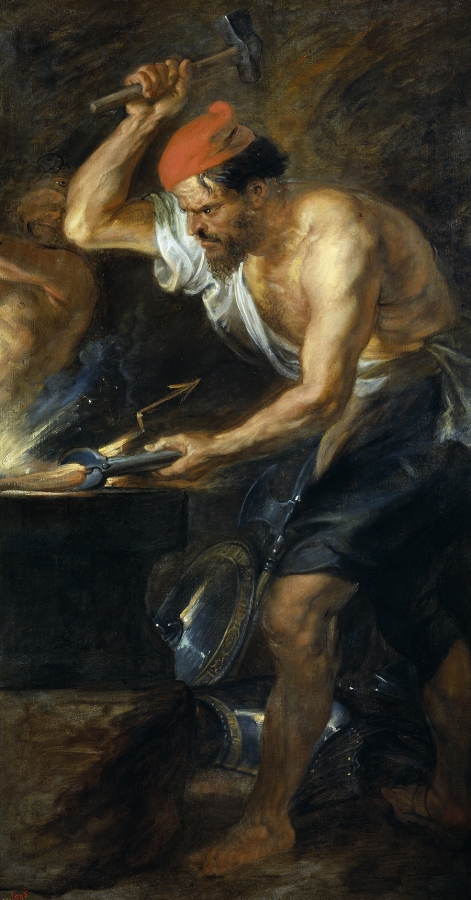
In Egyptian mythology, Ptah is considered as the gods of architects and craftsmen, carpenters, shipbuilders and sculpture. Ptah is usually shown as a man with a beard and green skin, holding a sceptre.
Although Norse religion, was polytheistic ie they believed in many different gods, but they did not have a craftsman god, like the previous three civilizations. In Norse mythology most of the arts and crafts job was done by the dwarves.
In Hindu mythology, Goddess Saraswati, is considered the goddess of knowledge, art, music, wisdom and learning. She is the wife of Lord Brahma – the main creator god in Hinduism. She has been worshipped from Vedic period to till date, in modern India. She is also worshipped outside India, in countries like - Nepal, Indonesia, Myanmar, japan & Vietnam.
Athena is the Greek goddess of wisdom, handicraft and warfare. The city of Athens is named after goddess Athena as she was the patron goddess of the city. The roman equivalent to goddess Athena is, Minerva, who is goddess of wisdom, arts and warfare.
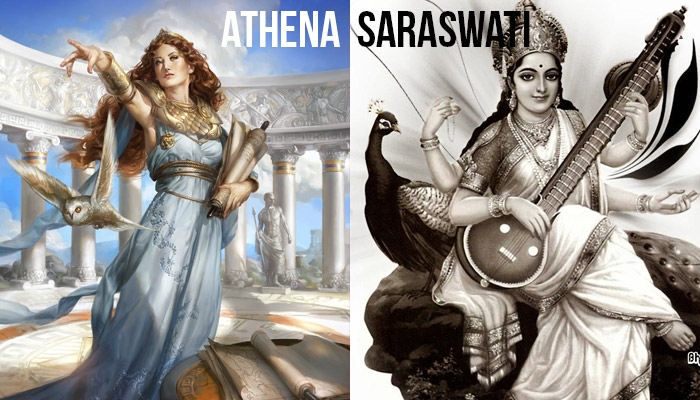
In Egyptian mythology, Thoth was the Egyptian god of Wisdom and knowledge. He is describes as the son of Sun god – Ra. He is credited with invention of writing & was patron god of writers. He is also credited for introducing the world to – astronomy, medicine, art, science, magic and law. He is shown as a human with the head of a bird, with a curved beak.
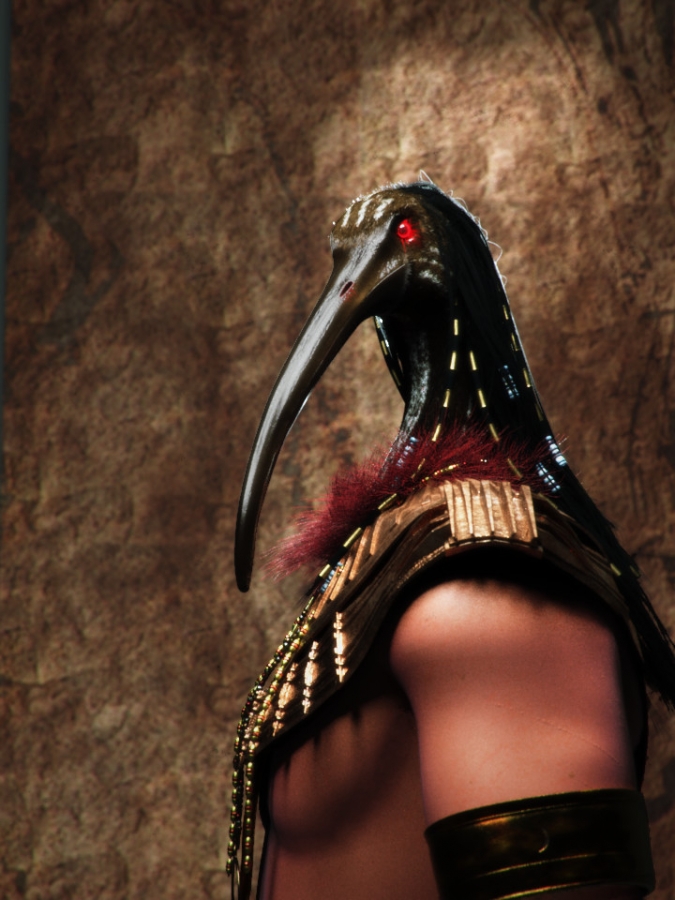
In Norse mythology, the description as god of Wisdom goes to more than one god. Odin, the king of Gods, is wisest of all, as he even sacrificed one of his eyes, to drink from the well of wisdom, which gave him immense knowledge. According to Norse mythology, it was Odin, who gave the world, the gift of writing. Another Norse god – Mimir, is also credited for his immense knowledge and wisdom. It is said that his head was cut off during a war & later on Odin, carried Mimir’s head, which gives him counsel and secret knowledge.
The medical science practised in ancient India was – Ayurveda and the ancient religious text of Puranas, describe Dhanvantari, as god of Ayurveda. Dhanvantari is shown as a handsome man dressed in bright yellow silk and having four hands. Of particular interest is that, in one of his hand, he held a golden leech (Hirudo Medicinalis – in olden days, leeches were used to suck out impure blood from a patient’s body) and in another hand he held a pot containing nectar – which had capability to heal diseases and make a person immortal. Rest two hands held – Conch shell (which has religious importance in Hinduism) and Chakra. In ancient times, Dhanvantari was worshipped by Hindus, for his blessing in acquiring good health; it is still done on special occasions like – Dhanteras/Dhanvantari Trayodashi and it is celebrated as – National Ayurveda Day, as declared by Govt of India.
Some texts also describe, Ashwini Kumaras/ Ashvins, as twin Vedic gods (Sons of Sun god ) who were Royal Physicians to Gods during Vedic times.
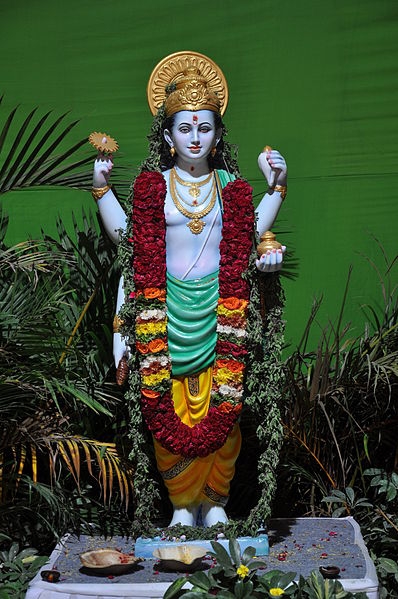
In Egyptian mythology this criteria, is filled with more than one God (or goddess). Serket was considered as goddess of medicine and healing poisonous stings and bites, specially of scorpions and snakes ie she was a protector against venom and snake bites. Serket’s name literally means, who causes throat to breathe (as she was believed to reverse the effects of scorpion stings which causes paralysis ). So Serket was also shown as a woman, with a scorpion on her head.
Some also belief that goddess of healing is Egyptian Goddess – Sekhmet (also called as – Sakhmet/ Sakhet). She provides cure to various diseases, that humans can suffer from. She was patron goddess of all physicians and priest of her temple, were very skilled doctors of the time. Paradoxically she can also cause diseases. These contradictory features, was one of the reason, she was mentioned many times in spells of the legendary – Book of Dead. She is also described as the daughter of the Sun god.
In ancient Greek mythology, Asclepius, was considered as the God of Medicine and is the personification of miracle working physician of immense medical skill. He represents the healing aspects of medical sciences. He was son of god Apollo and it is believed, that Apollo performed the first caesarean to be ever done ,on Asclepius’s mother, as she was dying while being pregnant with unborn - Asclepius, thus saving his life. Later Asclepius became a great physician and surgeon and took medical sciences to new heights. Asclepius daughters were goddesses, who were also related to the treatment aspect, and hence named – Hygieia ( goddess of cleanliness & sanitation), Aceso ( the goddess of healing), Laso (the goddess of recovery), Panacea (the goddess of universal remedy), Aglea ( the goddess of glow of good health).
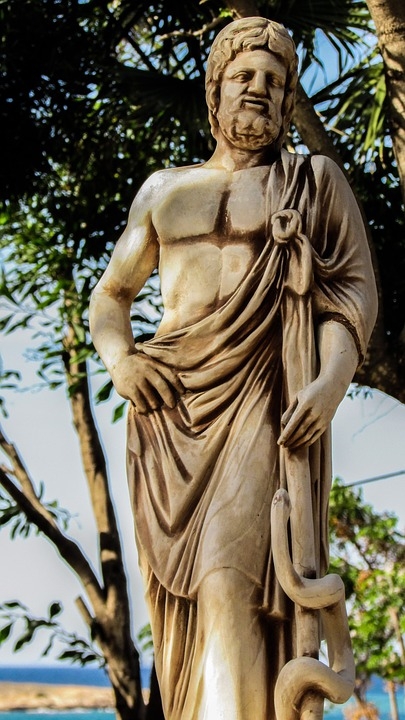
Eir (which means mercy or help) is the Norse goddess of medical skill and healing, who had power over life and death. She was worshipped as giver of life, both in ordinary homes and royal families. It was believed that she stays in a sacred hill of healing (Lyfjaberg), surrounded by her friendly spirits. She is associated with copper, as it was used in healing rituals in those days.
The above examples, clearly show that, civilizations separated by vast distance and sometimes even time, somehow had similar gods, just with a different name. The logic is not so difficult to understand. In ancient times people were naturally in awe of things, that they couldn’t understand or something that scared them. According to the places and culture of the times they invented/ found gods, who they believed, if worshiped or praised, would look down upon them with benevolence. Whatever the nature of their logic for their faith, may have been, it still remains hard to believe that people so much separate and so much different could, think alike. With passage of time, most of the civilization changed and different gods emerged. Norse culture, which was the newest among the 4 civilization described above, gradually embraced Christianity, as did the Greeks. Egypt and it’s people embraced Islam. It is only in India, that thousands of years old Vedic civilization still survives, to this day in form of Hinduism (and related religions like Buddhism, Jainism & Sikhism ) ;reflecting the resilience of the country & it’s people, who withstood the ravages of time & nature.
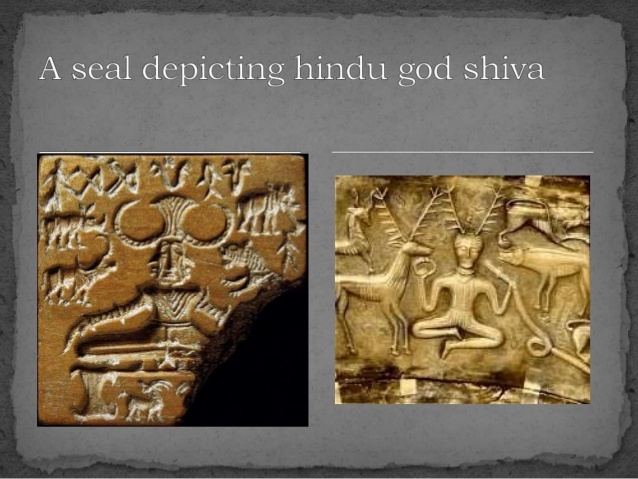
( Disclaimer – There were certainly many more civilizations, which existed in ancient world, but it is simply not possible to discuss, all of them. The four civilizations discussed above, were considerably more famous, than others & hence they were chosen. Norse culture, is much more recent than others, but the popularity of certain Hollywood movies, made it compelling, for a comparison)